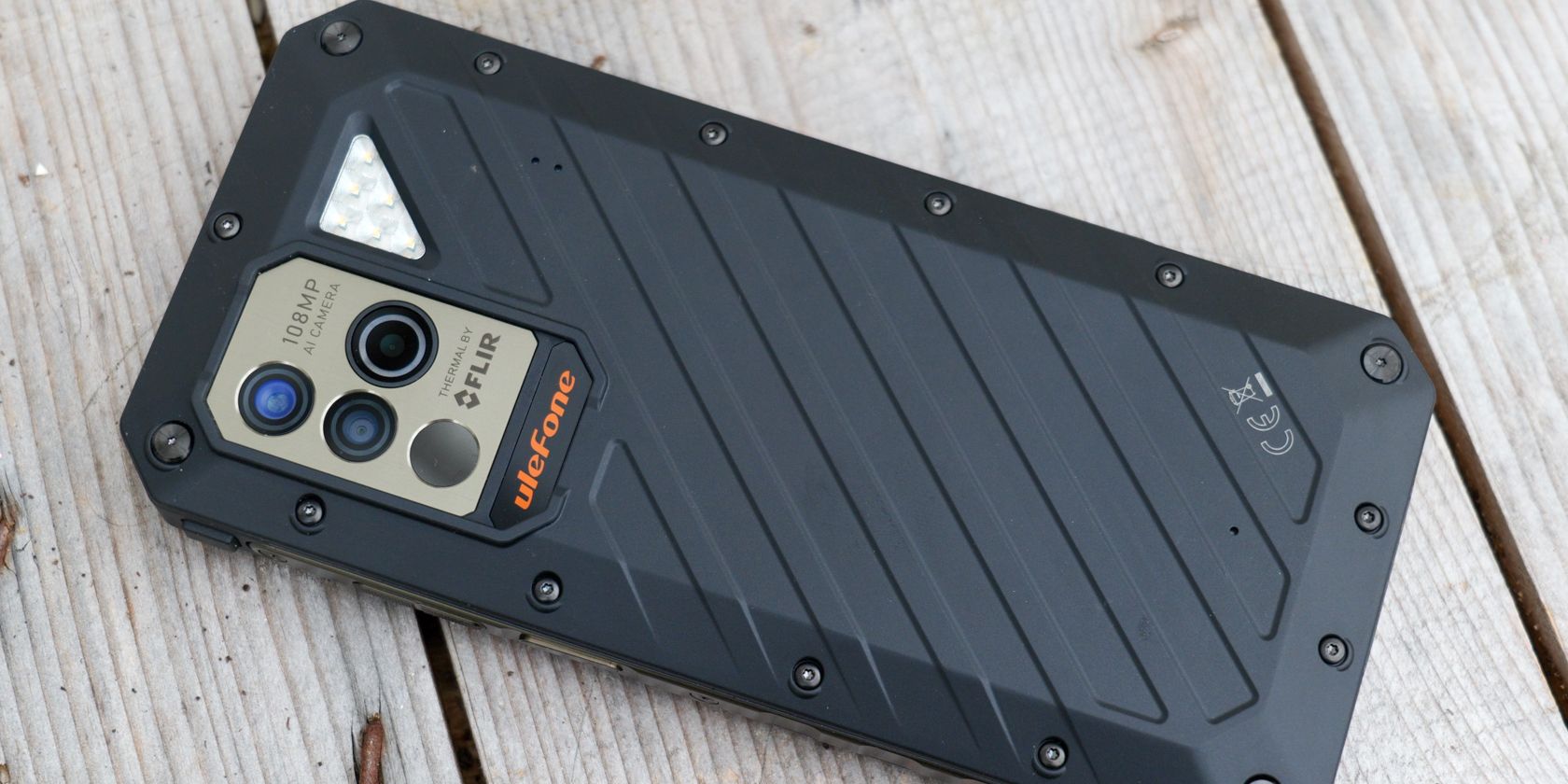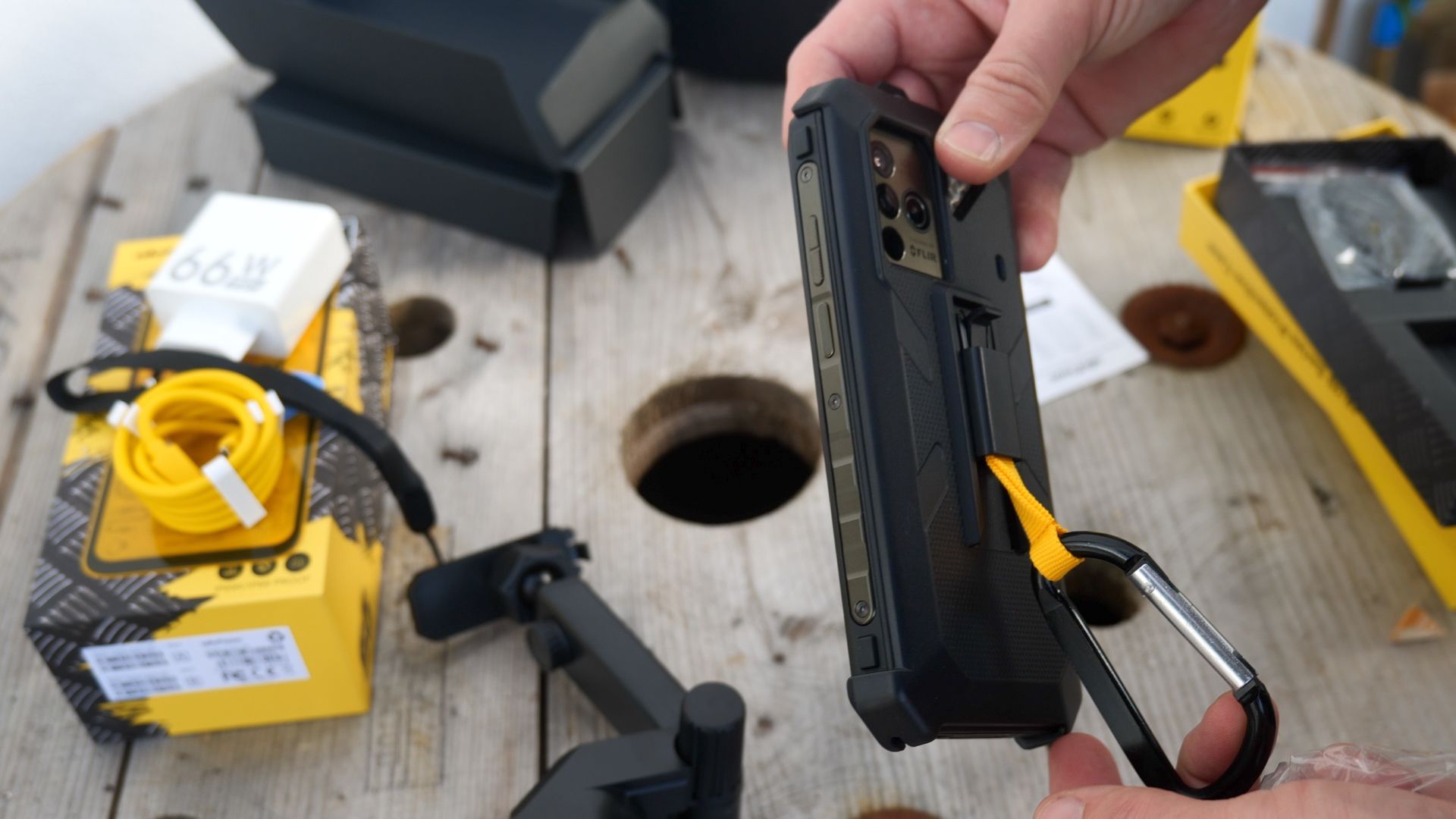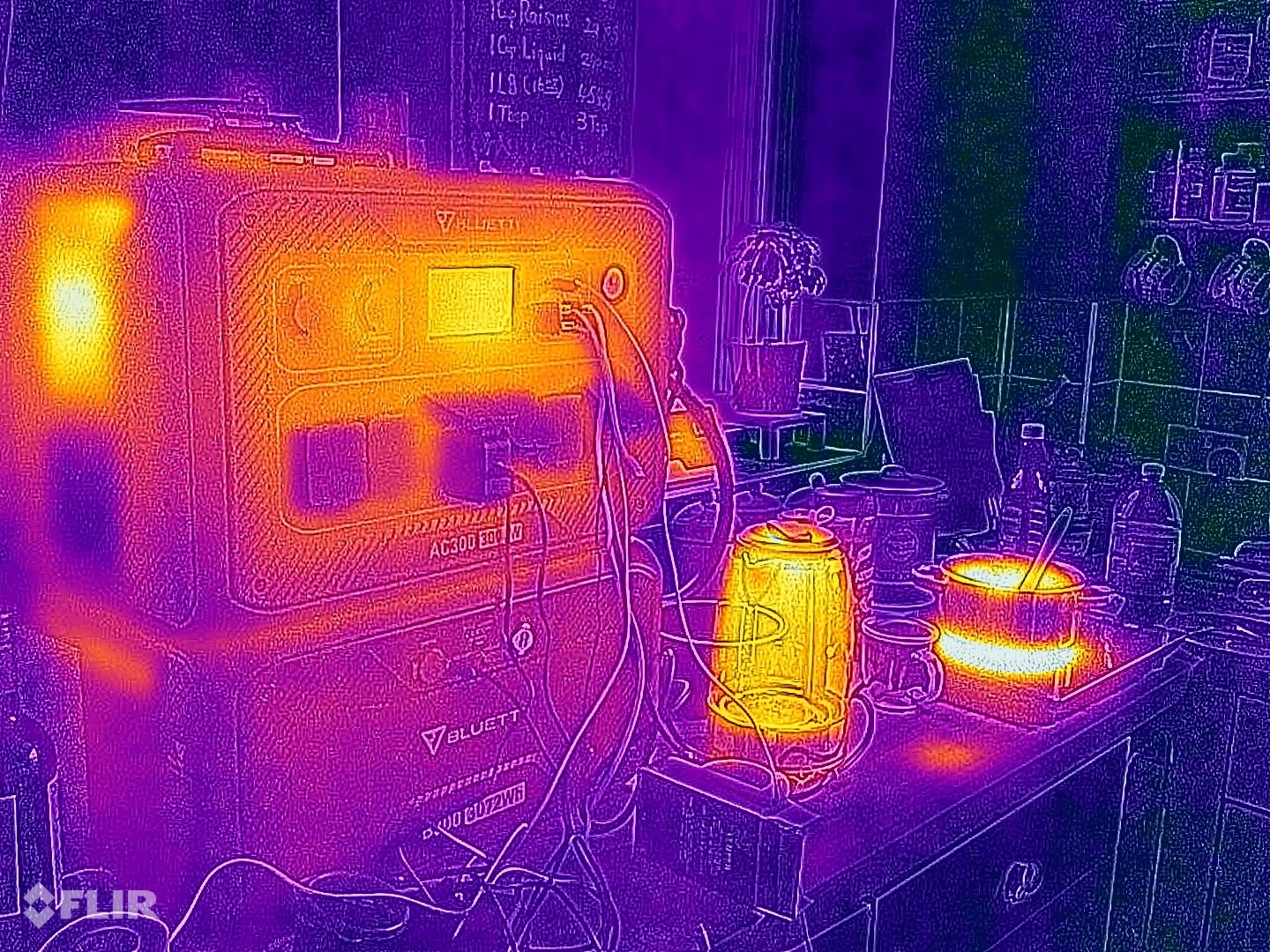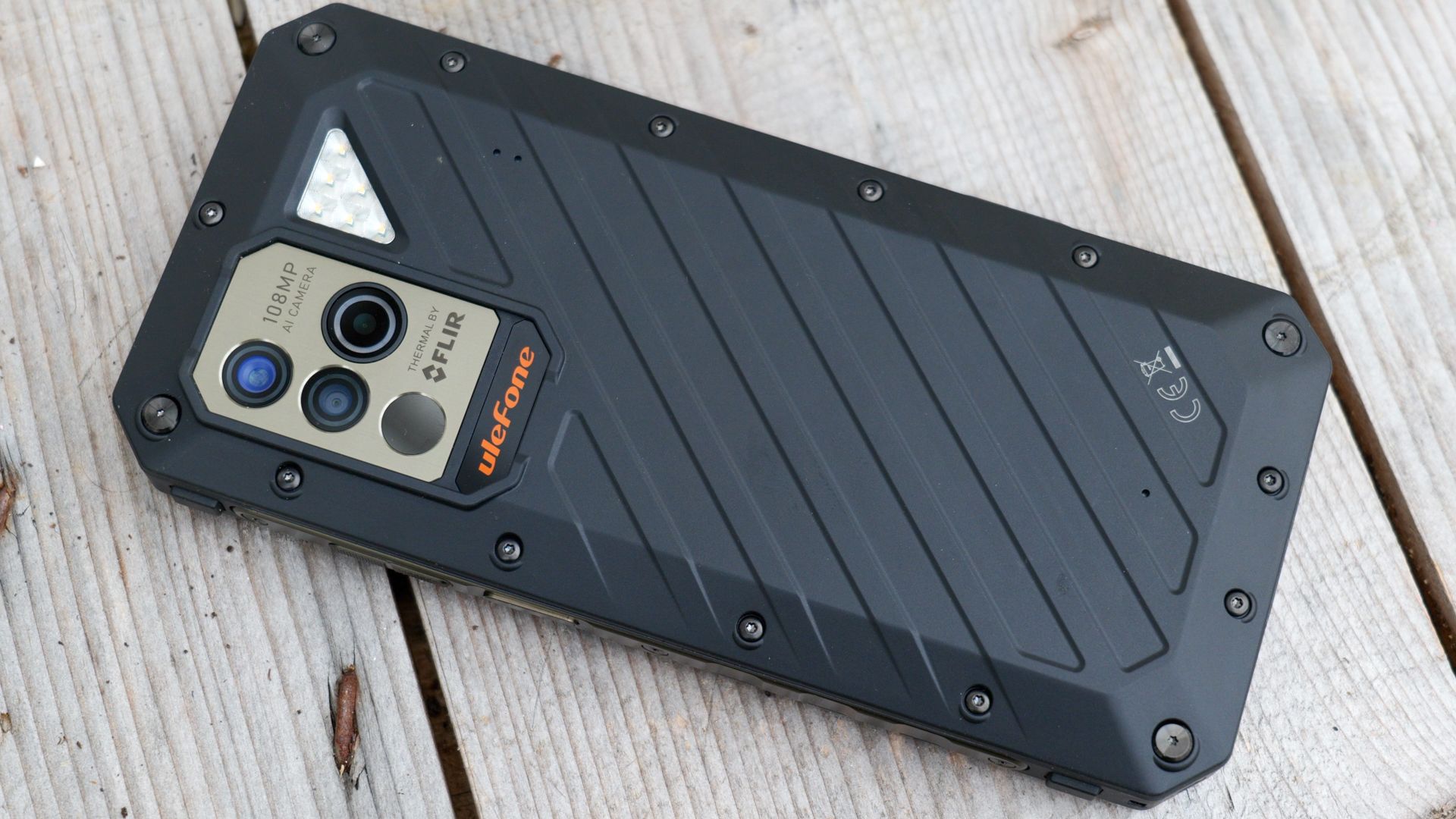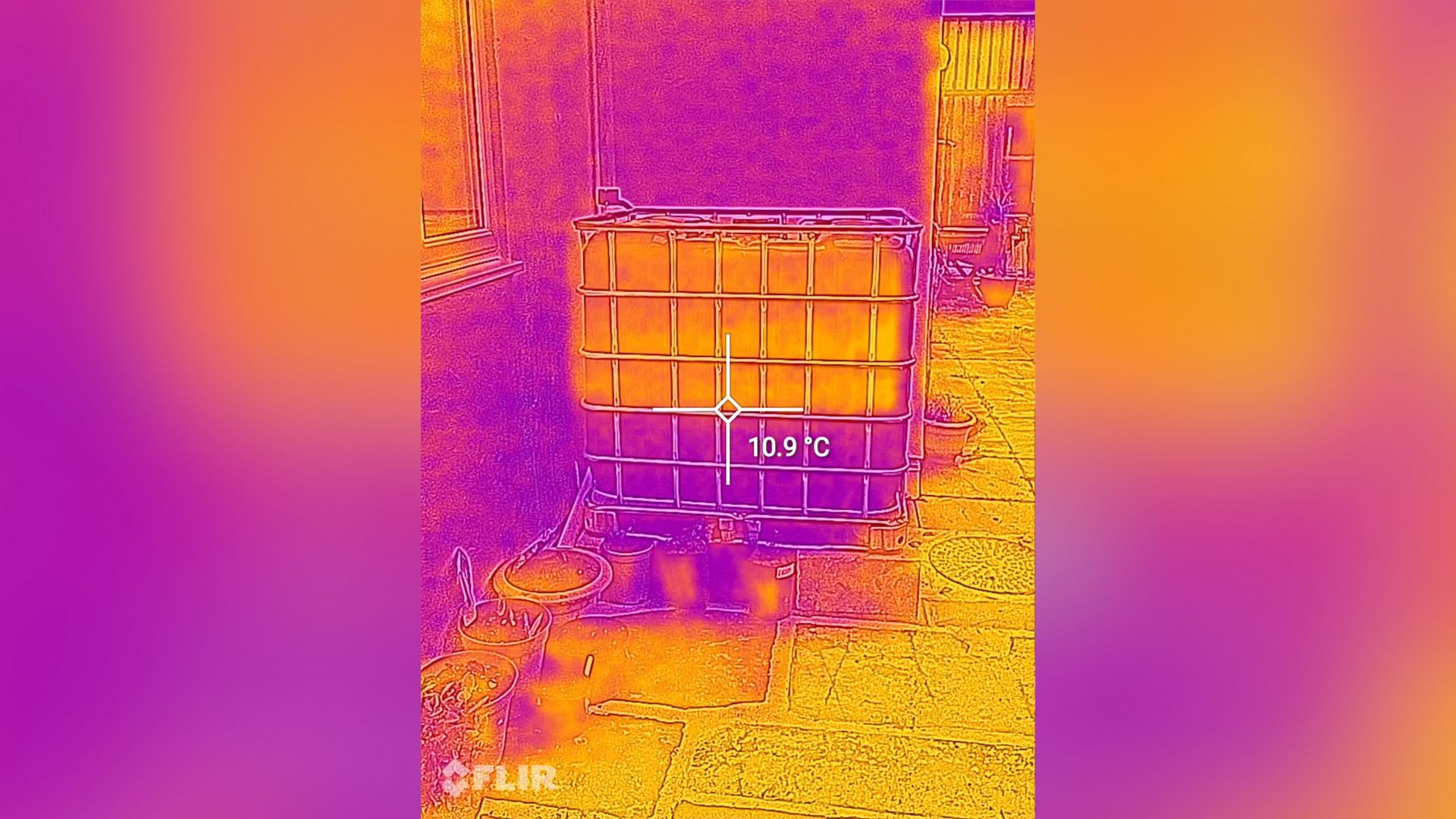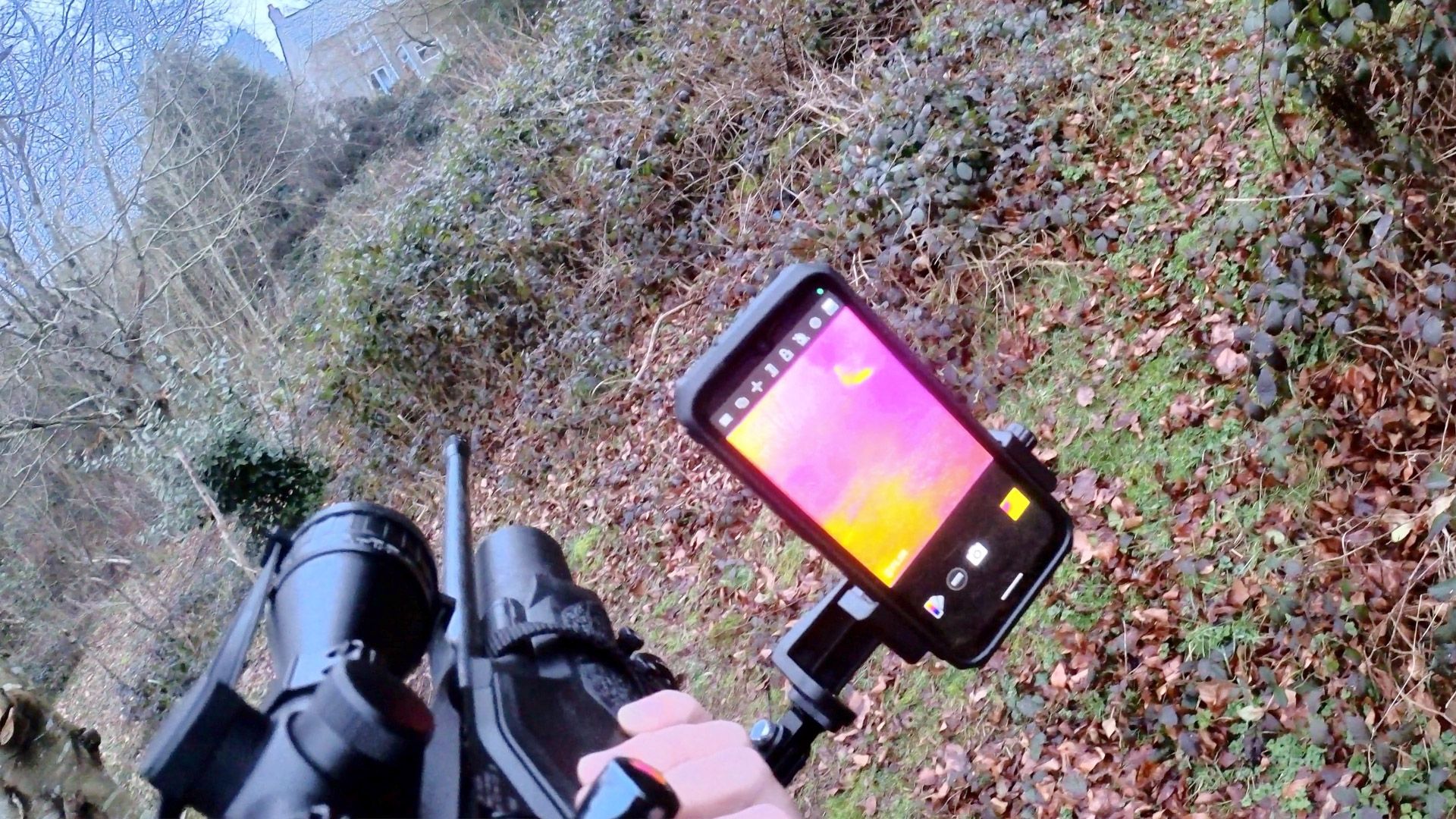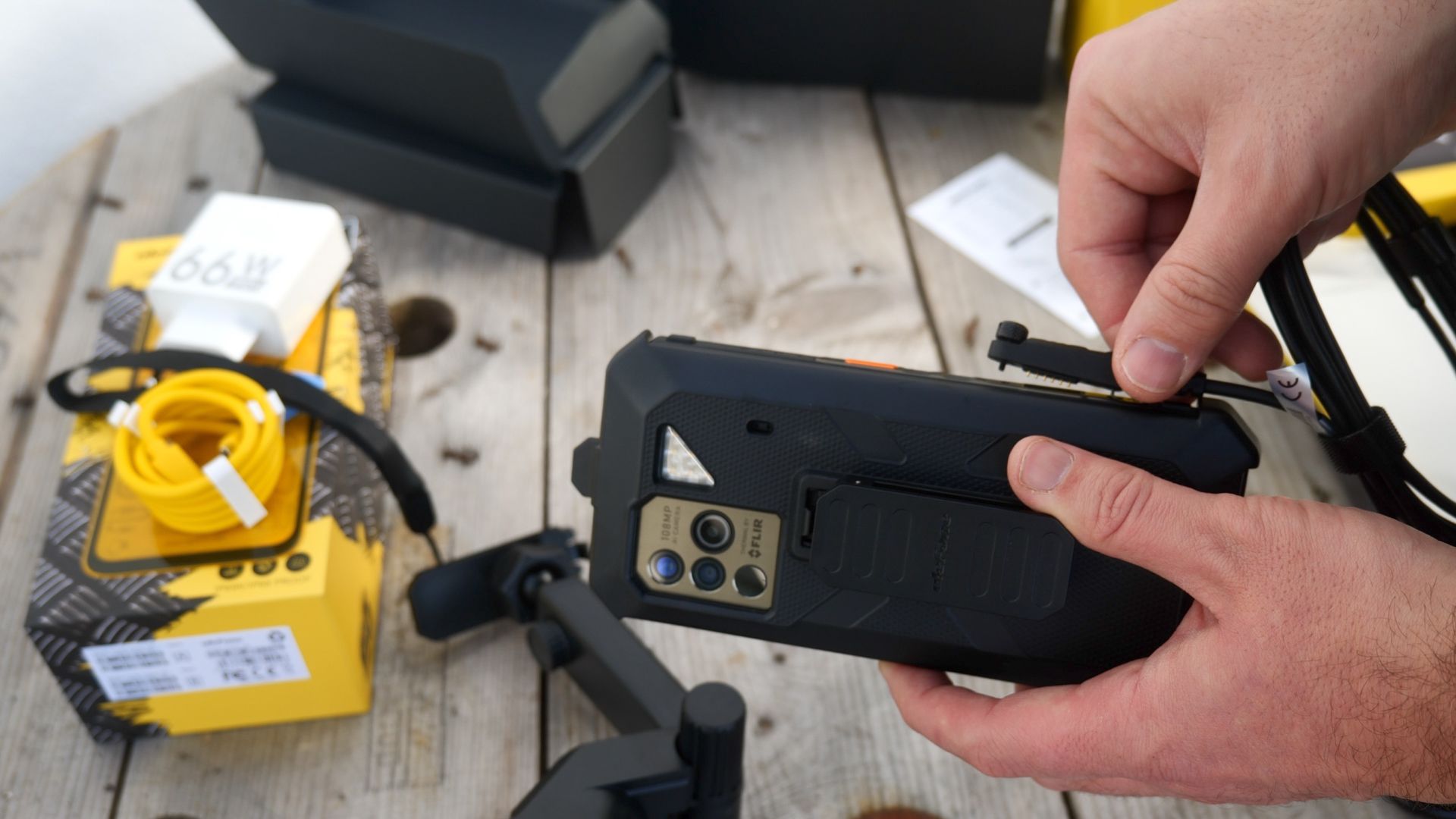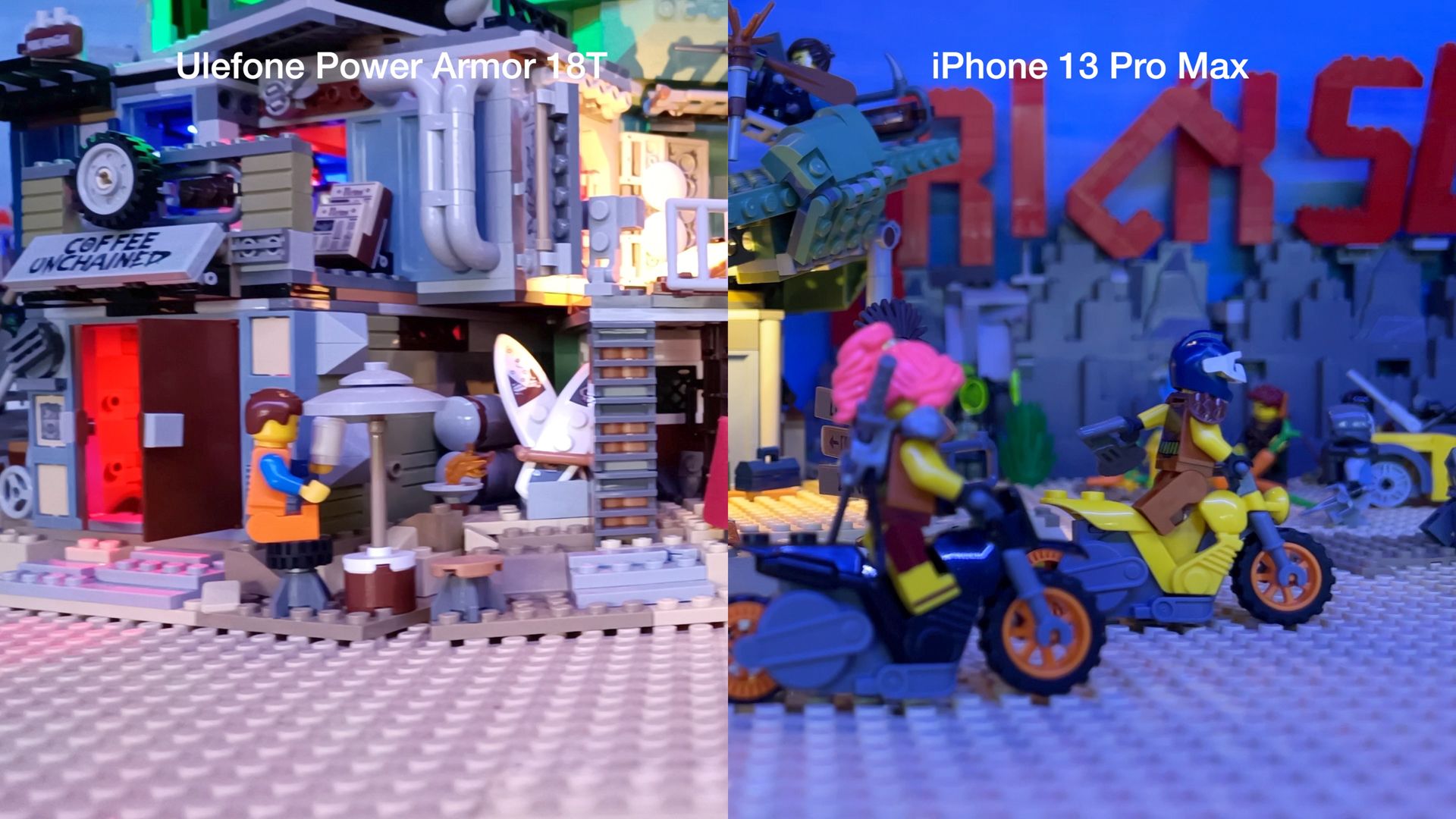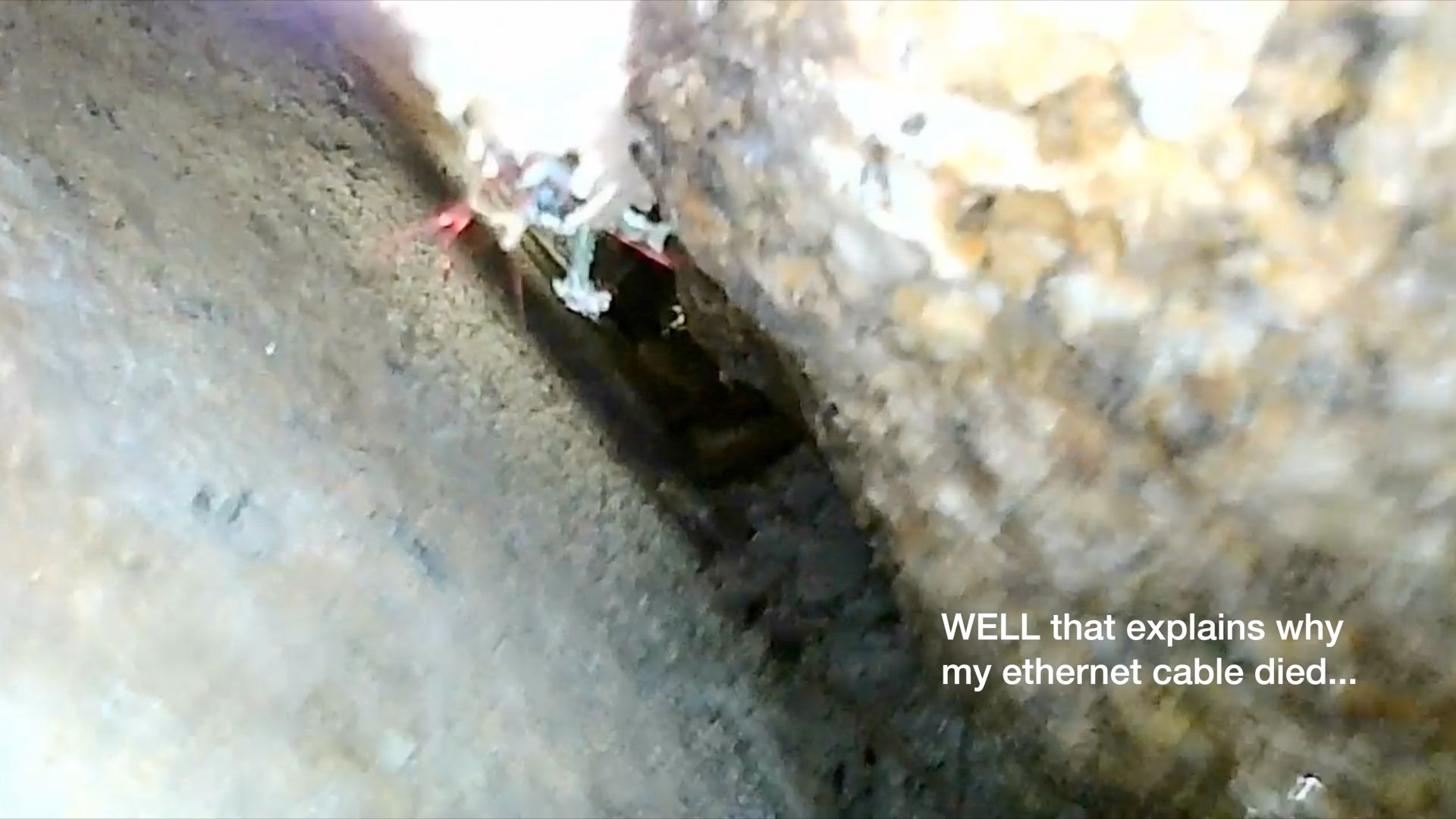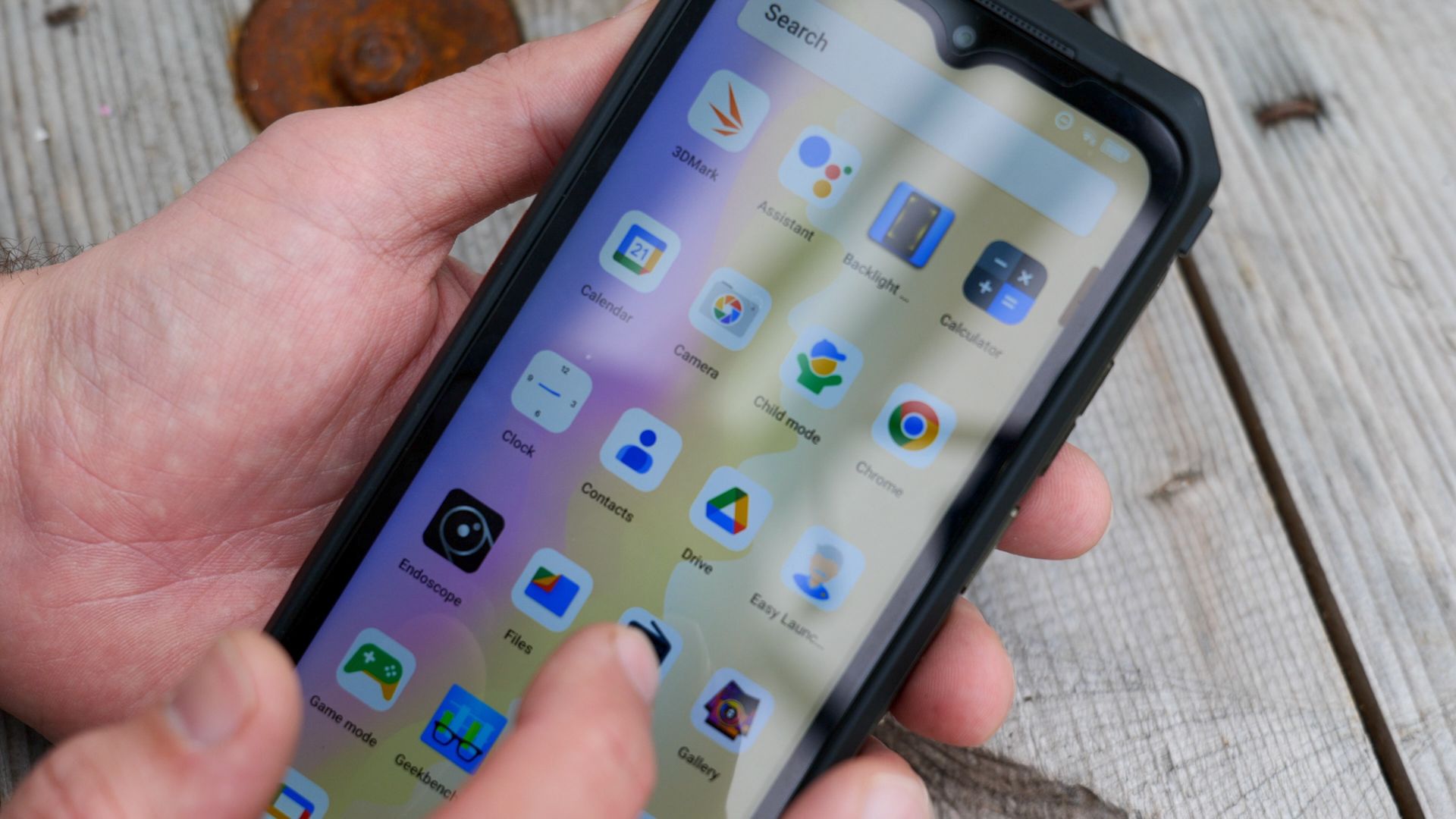Ulefone Power Armor 18T
The Ulefone Power Armor 18T is a rugged smartphone that's built to last. It features a massive 9600mAh battery that can last for days, a triple-lens camera system that includes a thermal camera, a 108MP main camera, and a microscope The device is IP68 and 69K rated for protection against water, dust, and drops. It runs mostly stock Android 12 and has a clean and unbloated UI, plus full Google Play support for all your favorite apps. The phone also works with an optional endoscope attachment, making it an incredibly versatile and useful device for professionals and DIY enthusiasts alike.
The Ulefone Power Armor 18T offers a compelling and durable device that's packed with useful features and has massive battery life, making it a great option for anyone in need of a rugged smartphone.
- Brand: Ulefone
- SoC: Dimensity 900
- Display: 6.58-inches IPS LCD panel @ 120Hz
- RAM: 12GB
- Storage: 256GB
- Ports: 3.5mm audio, USB-C charging, accessory connector
- Rear camera: 108MP main, 5MP microscopic, FLIR thermal imaging
- Connectivity: 5G (not eSIM), Wi-fi 6, Bluetooth 5
- Dimensions: 175.2 x 83.4 x 18.8 mm (6.90 x 3.28 x 0.74 inches)
- Weight: 409 g (14.5 oz)
- Charge speed: USB-C 66W, 15W Qi wireless
- IP Rating: IP68/IP69K
- Micro SD card support: Yes
- Long battery life
- 5G and Wi-Fi for fast connectivity (where supported)
- Thermal imaging has a wide range of professional and household uses
- Mediocre camera quality
- Sluggish out of the box until you enable 120Hz screen mode
- No eSIM support
If I had to choose one phone to take into the apocalypse, it would be the Ulefone Power Armor 18T. This device has it all: a durable, rugged design, a massive battery, and a thermal imaging camera, as well as an optional endoscope attachment.
Before we take a closer look, we're giving away one of these handy devices to a lucky reader. Once you're at the end of the review, you'll find a giveaway form to enter the competition. However, I should clarify that this review isn't otherwise sponsored, and Ulefone had no say in the content or direction.
Thermal Imaging
Before we dive into the specs and design of the phone, let's talk about the headline feature that sets the Ulefone Power Armor 18T apart from the regular Power Armor 18.
Equipped with an official Lepton 3.5 FLIR sensor—the latest embedded sensor—it offers a thermal detection resolution of 150 x 120. While it is not particularly new (it's a few years old now), it is the latest version and the best you'll find embedded in a smartphone. For higher resolution, you would need to purchase a dedicated FLIR device. 150 x 120 seems like a low resolution, but it doesn't mean the images you get from the thermal sensor are a blurry mess. It's combined with a 5MP real camera, to give a sort of "augmented reality" view of the world. You'll find the edges of objects are highlighted, and the thermal data is overlaid.
Using the thermal imaging camera is simple: just open up the MyFLIR app. You can't use the IR sensor in standard photo apps, but you shouldn't need to. The FLIR app offers a variety of overlay AR or pure thermal modes, along with various options to measure points, area averages, or adjust the scale and color range.
Some people may think that thermal imaging is a gimmick, but it can be a surprisingly useful tool for any number of professionals and even home users. If you're a professional, such as an electrician or a builder, you already know how useful it can be for your job.
On a home level, thermal imaging can be used to identify areas of your home that need better insulation. You can actually pay for professional surveys to find this out, or you can do it yourself by turning on your heating high on a cold winter day and looking for hotspots on the outside of your home. Ideally, you want your home to appear cold on the outside; that means the heat is staying inside. So if you can see heat leaking out, that's a good candidate area to think about insulating, either internally or externally.
Thermal imaging can also be used inside the home to locate pipes or wires behind plasterboard. It's not foolproof, but you'll often see a temperature differential, so it's an excellent tool to combine with stud finders. You can see at a glance if your radiators are faulty or need bleeding. You can identify damp spots that might not be visible to the naked eye yet and deal with them before they become mold. You can also identify electrical issues with overheating devices and find faulty components.
Thermal imaging can even be used for hunting and pest control. You can use it to locate small animals that think they're hidden behind brush.
In my opinion, thermal imaging is a killer feature, and if there's one feature I think all rugged phones should have, it's this.
Specifications
Inside the main box, you'll get a yellow USB-C charging cable plus a 66W PD fast charger, but it's also compatible with 15W Qi charging. Additionally, there's a lanyard hook.
The Ulefone Power Armor 18T boasts a massive 6.58-inch IPS LCD panel with 120Hz refresh rate support running at FHD+ resolution, or 1080x2408. The display is protected by Corning Gorilla Glass 5, and there's a screen protector pre-applied. If you prefer, there's also a thicker tempered glass protector in the package.
The display can reach around 500 nits peak brightness, making it more than enough for outdoor use. However, there is a good amount of black space around the screen, so the phone's overall size can be a bit deceptive. The screen-to-body ratio is only around 75%, but this isn't unusual on a rugged smartphone.
Naturally, with that massive 9600mAh battery and huge screen, this is no small device, measuring 83.4mm (3.3 inches) wide by 175mm (6.9 inches) tall and almost 19mm (or 0.75 inches) thick. It weighs in at 400g or 14 oz. And that's without the optional protective accessory case.
The protective accessory case is not just for protection, but also as an adapter or connector case. Once fitted into the case, you can then use a selection of clips and buckles to secure your phone on your belt or otherwise. There's even a separate adjustable mount you can clip into, which is great if you need to secure it in your vehicle. The added protection is a little unnecessary, but the belt clip and carabiner are helpful.
Internally, the phone is powered by a MediaTek Dimensity 900 chip MT6877, which isn't a powerhouse of a chipset and is even superseded by other Dimensity chips, let alone the latest Snapdragon 8 Gen 2. However, it does support 5G and Wifi 6, and Bluetooth up to 5.0.
There's a dual SIM tray for two nano-SIM or nano-SIM plus micro SD, although the 256GB of internal storage should be ample. Unfortunately, it doesn't support eSIMs. The phone provides 12GB of RAM for speedy UI work performance.
As for buttons and ports, besides the usual USB-C charging port on the bottom, there's a 3.5mm audio jack on top; both are covered with a rubber stopper, and can be quite tough to remove. On the left side, there's an accessory connector for the optional endoscope flexible camera, and a customizable orange function button. On the right-hand side, you have the usual volume and power button, and the fingerprint sensor is built into the power button, which I found to be responsive.
Design and Ruggedization
The Ulefone Power Armor 18T has a rugged and durable design with impressive IP68 and 69K ratings, which means it can withstand a good lashing of rain, complete submersion of up to 1.5m for 30 minutes, and even some water jets.
It also offers protection against dust ingress, assuming all the ports are covered correctly, high temperatures, and drops of up to 1.5m.
The phone's rear features a dark grey hard plastic shell with indented diagonal lines, prominent screws around the edge, and a silicone bumper, resulting in a unique and appealing industrial aesthetic. The brushed metal around the camera island adds to the phone's overall aesthetic, and the flash module finishes the diagonal pattern in an unusual triangular layout. The 18T is available in this colorway only.
Performance and Benchmarking
In terms of raw performance and benchmarking, the Ulefone Power Armor 18T is not a flagship phone, nor does it feature a flagship CPU. Therefore, your expectations should be tempered. Nevertheless, the device scored a respectable 10056 on PCMark, which is in line with other mid-range phones like the Google Pixel 6a or Galaxy S10 Plus, or the Doogee V30, which features the same Dimensity 900 chip.
On the 3DMark Wildlife test, the device achieved a score of 2160, while on the stress test, the loop score varied from 2168 to 2178, with 99.5% stability. Although the graphical score is unimpressive and decidedly mid-range, it is at least consistent, with no obvious thermal throttling.
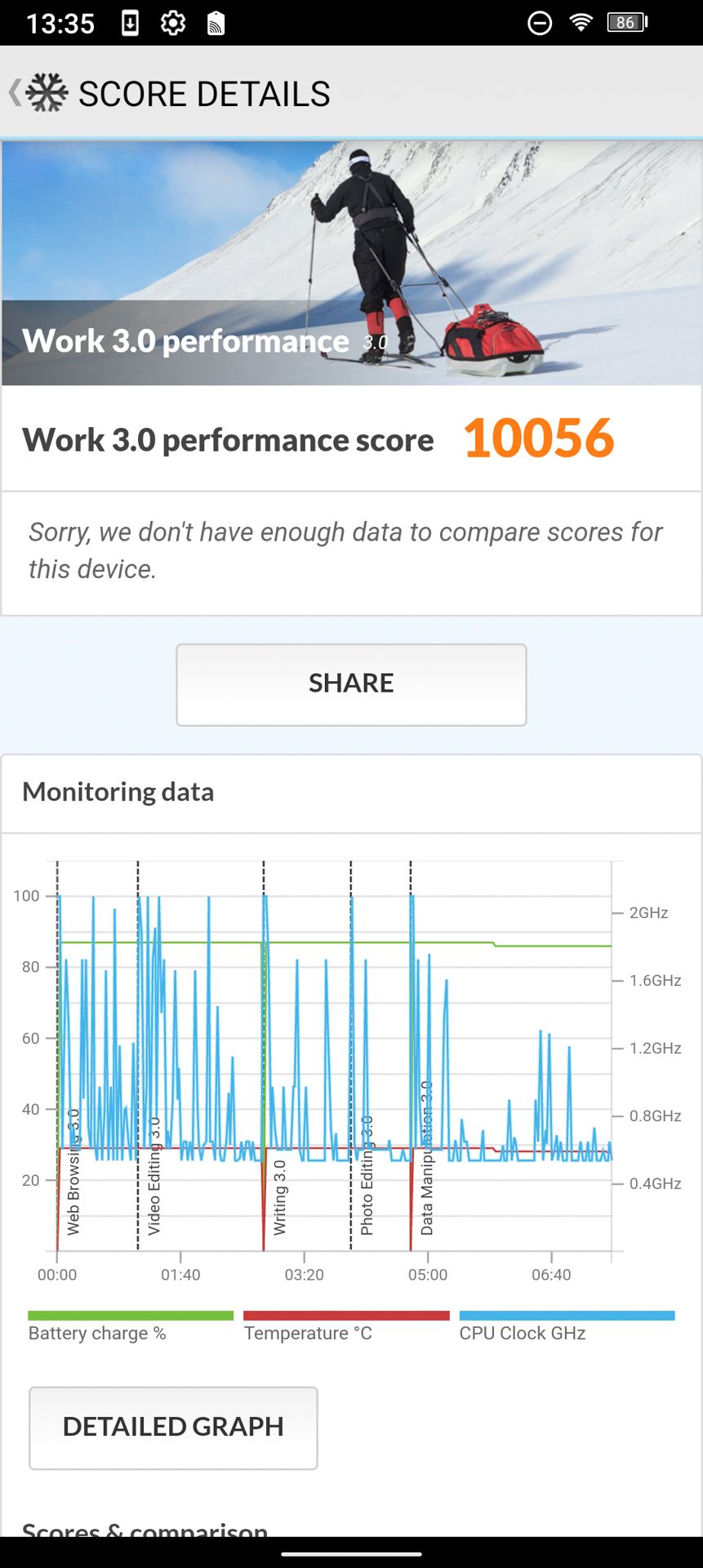
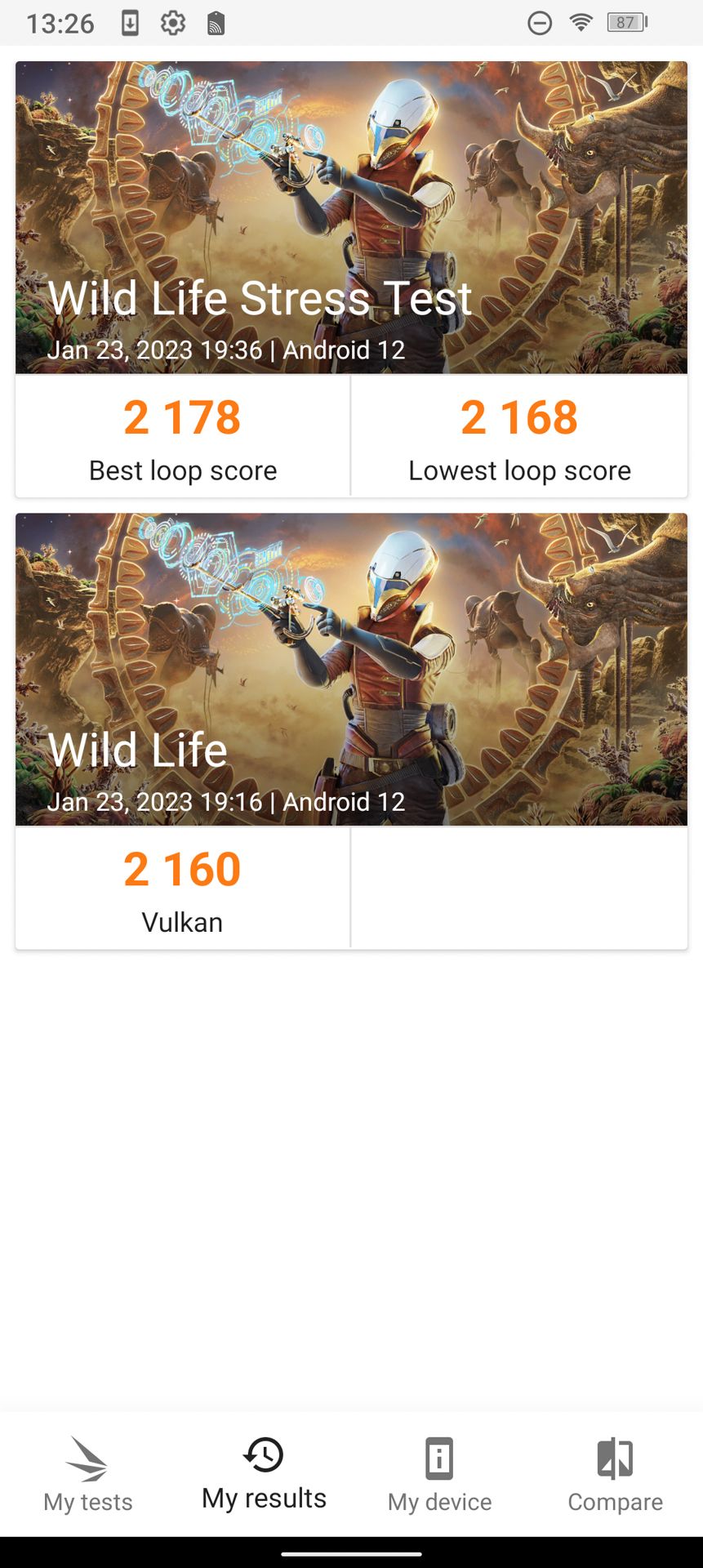
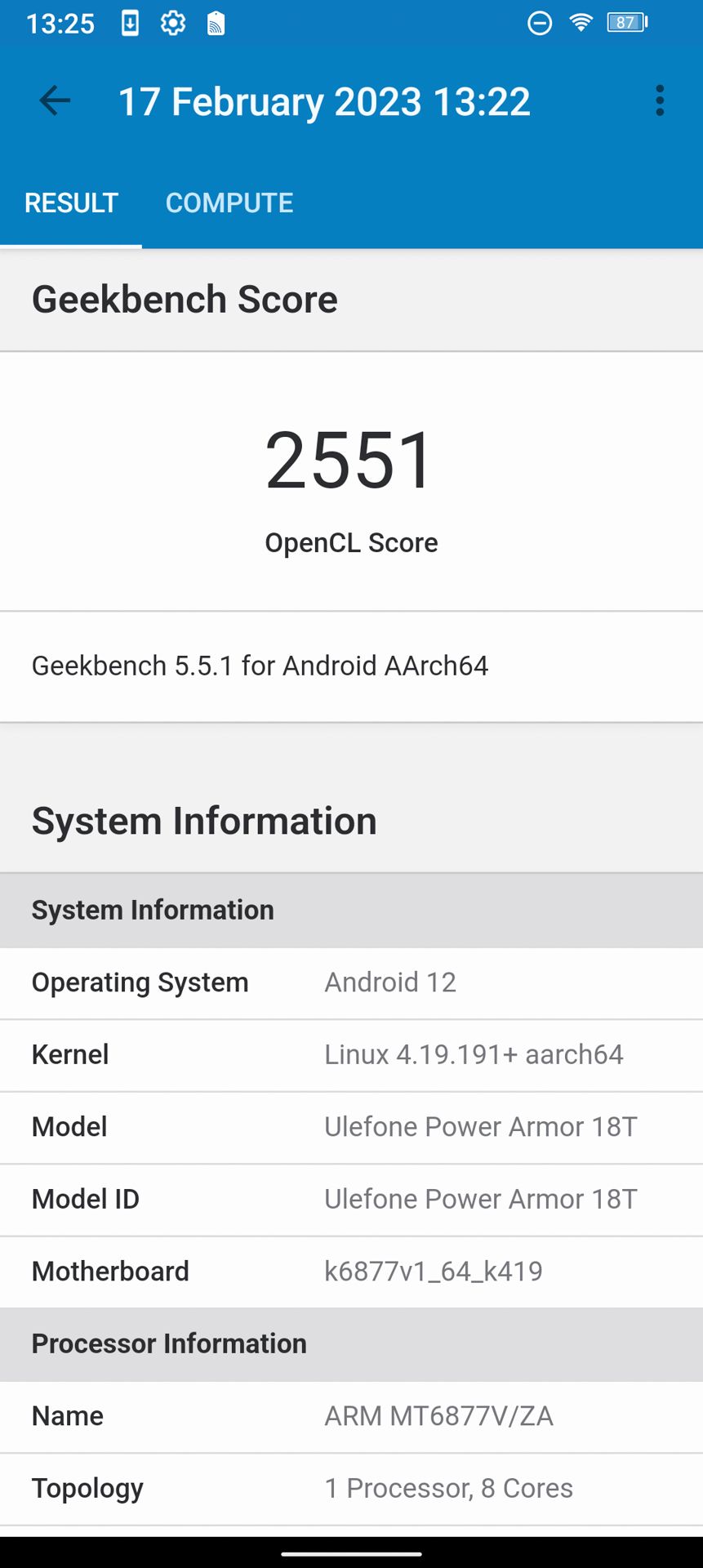
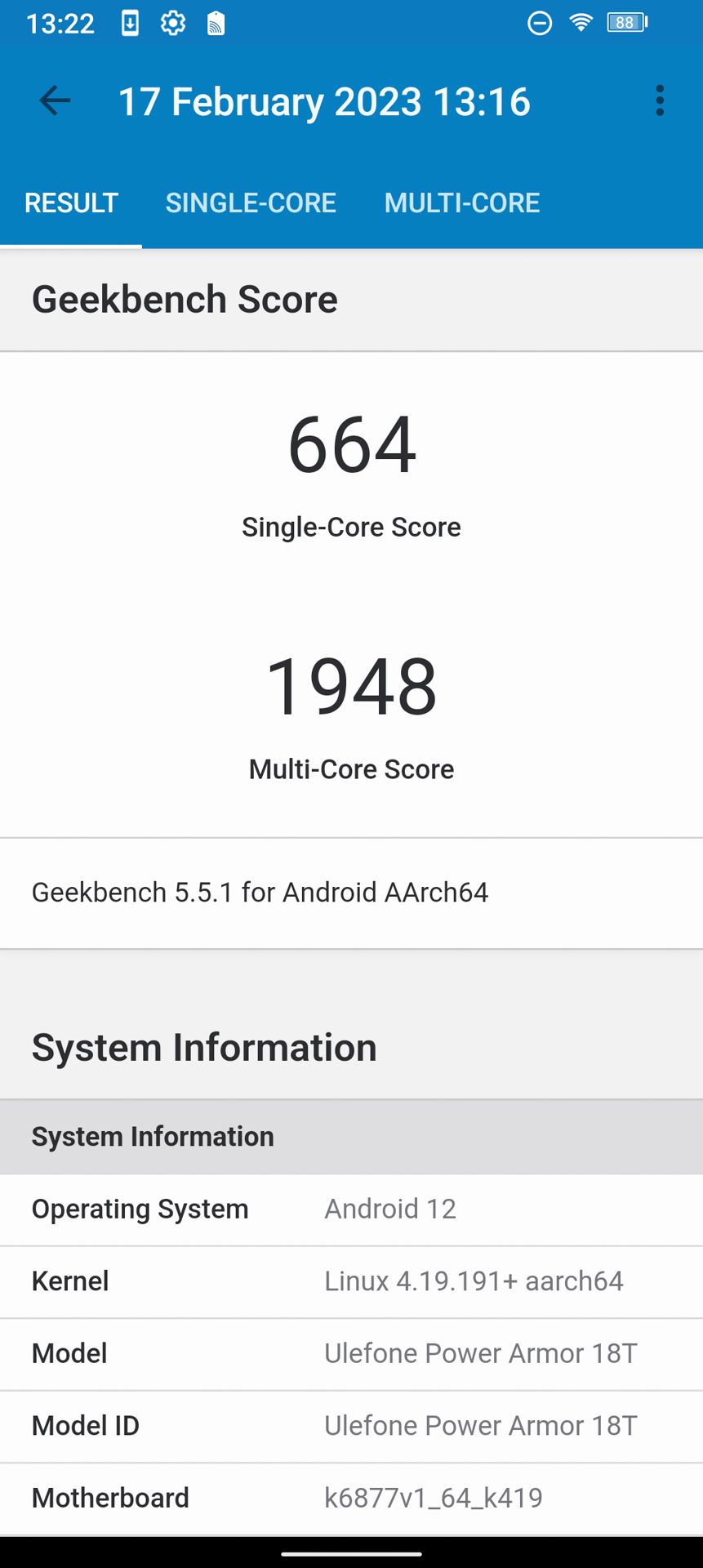
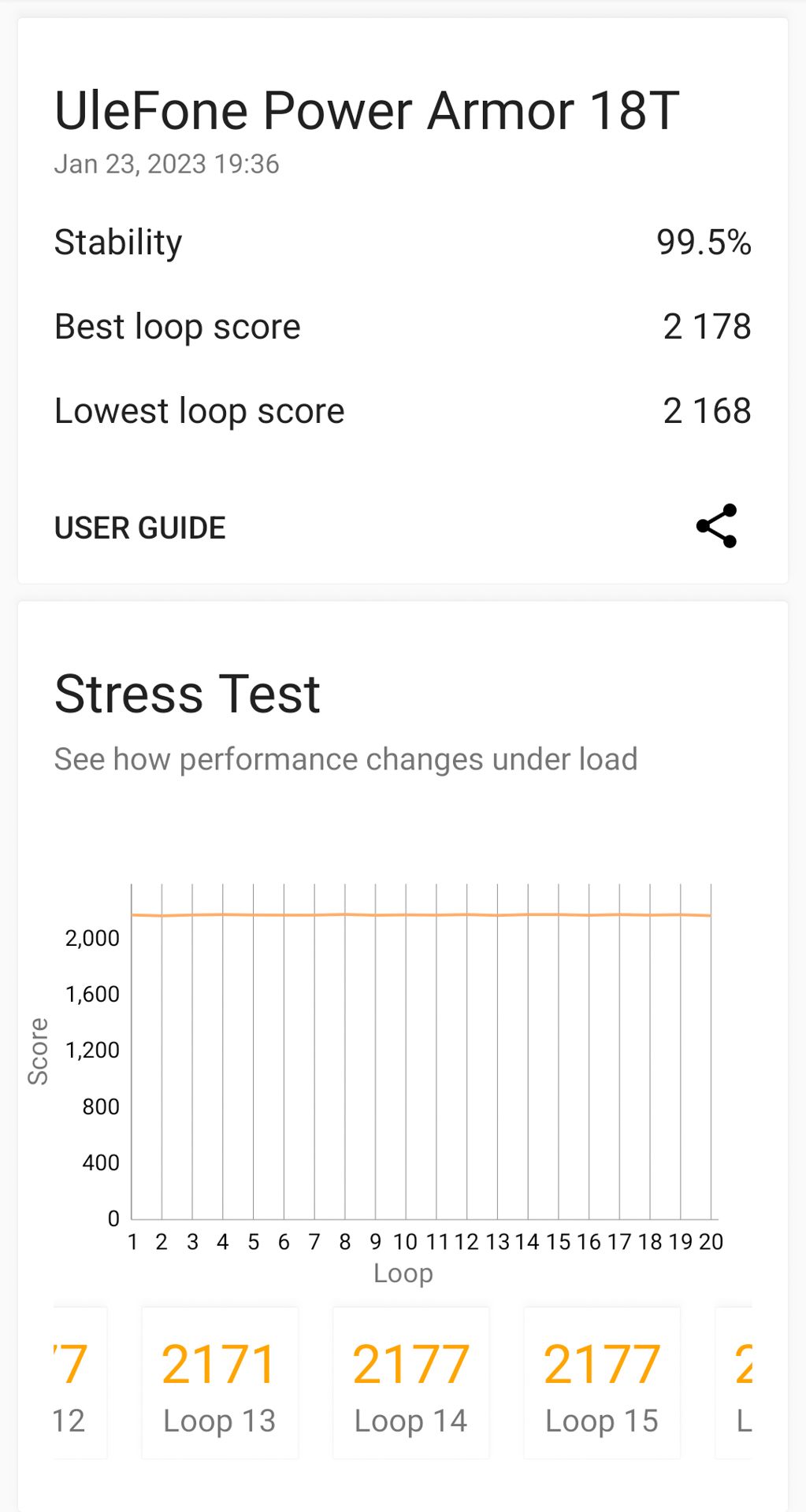
Meanwhile, Geekbench gave us a paltry 664 single-core, 1948 multi-core, and 2551 GPU compute scores.
Benchmarks don't tell the whole story, though; the overall user experience is a better test. Out of the box, the Ulefone Power Armor 18T defaults to running at 60Hz, which makes the device feel sluggish. However, you can manually enable 120Hz mode in the settings, and suddenly, it will feel like a more modern, smooth, and performant phone. You should know that a higher refresh will affect the device's battery life, so if that's your priority, leave it at 60Hz.
Imaging
The Ulefone Power Armor 18T has an unusual triple-camera setup. In addition to the FLIR thermal sensor, which we've already discussed, the phone has a primary 108MP camera and a super macro/microscopic 5MP camera with 60X zoom.
The macro camera is like a microscope with an extremely close fixed focus, which means you have to put it right next to the object to get anything useful out of it. It illuminates the subject with a ring of lights around the lens.
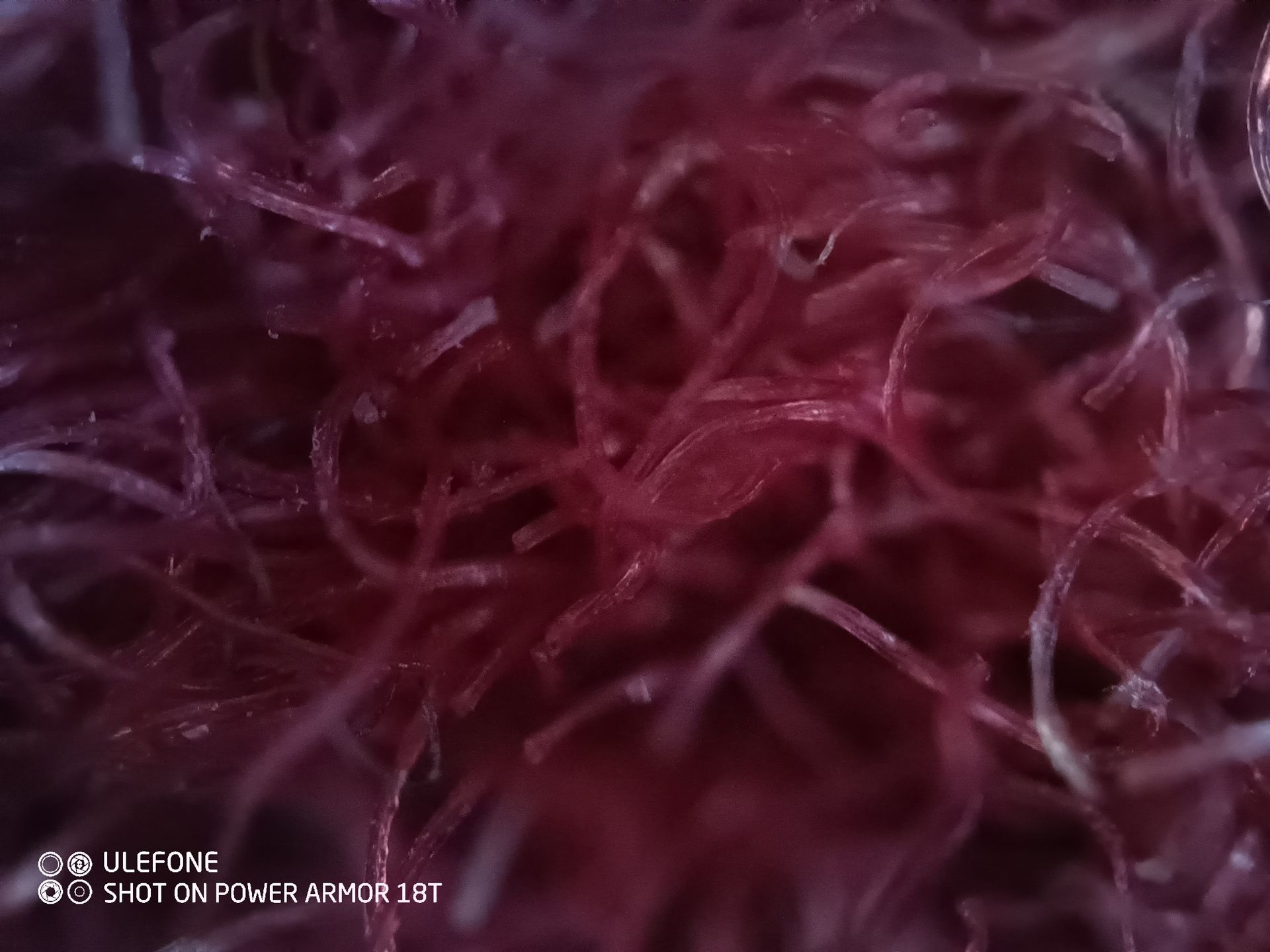
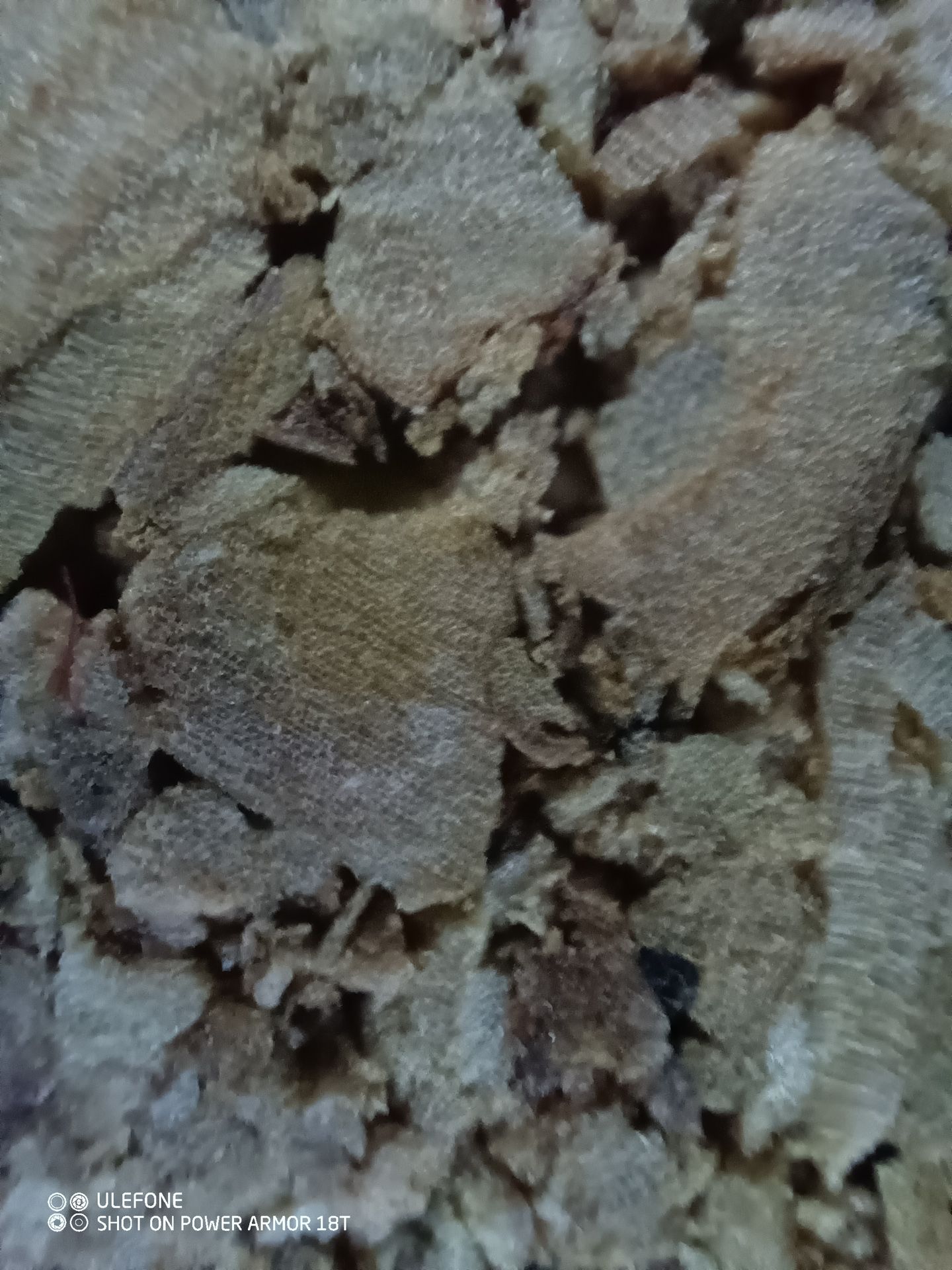
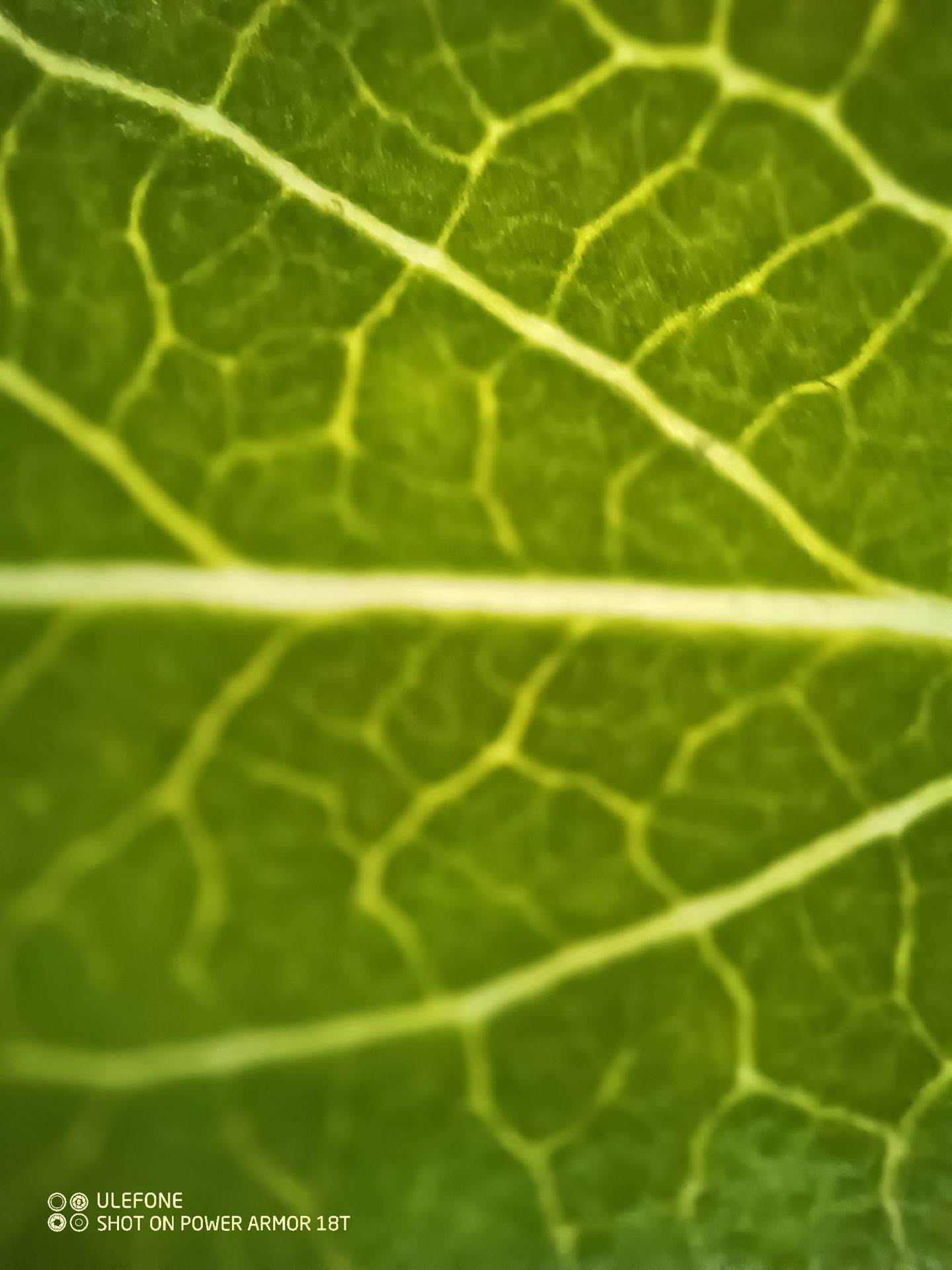
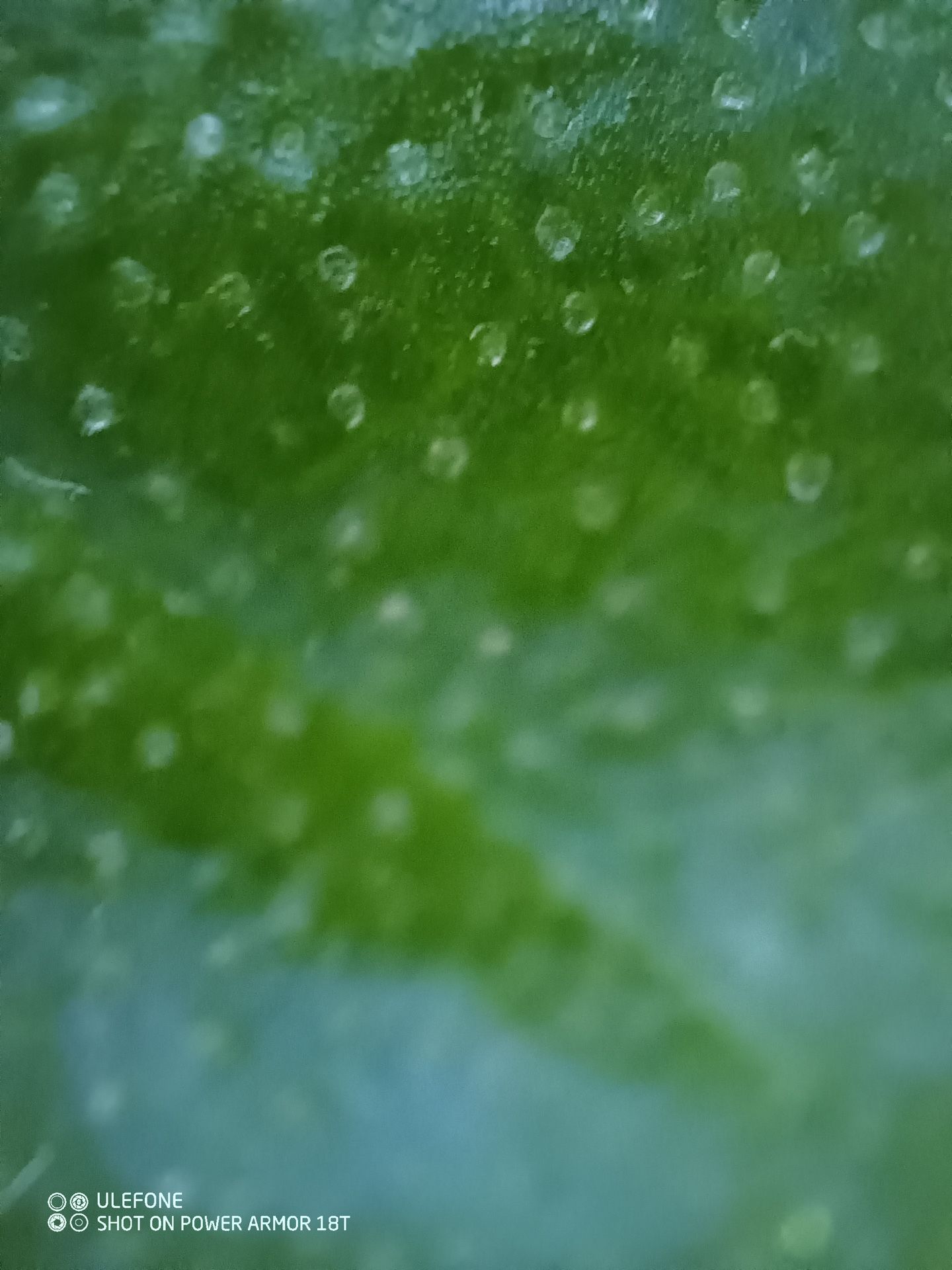
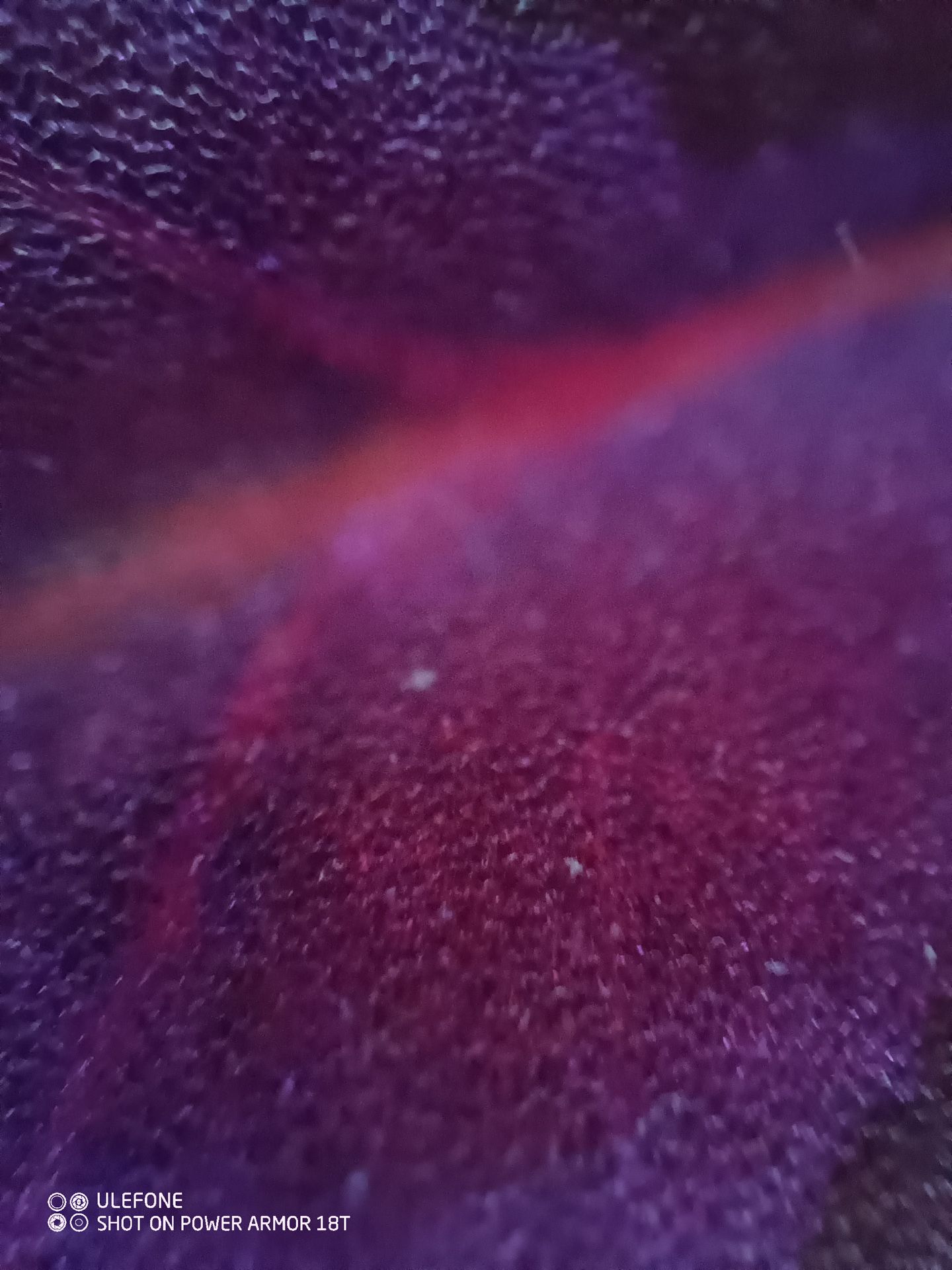
While the results from this camera are fascinating, it's a very niche use case—perhaps diagnosing faults with electronic components. I would have preferred a wide-angle lens.

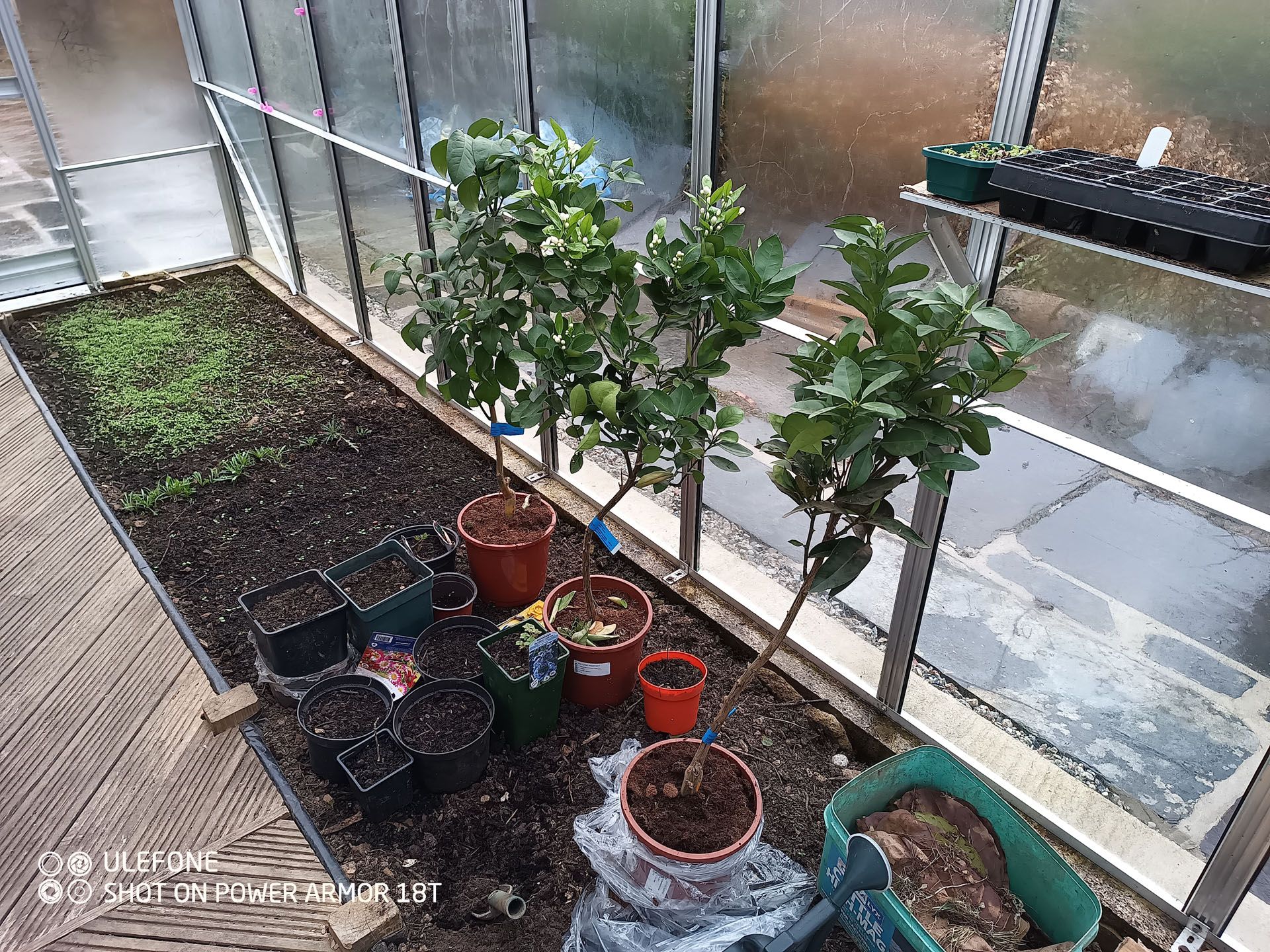
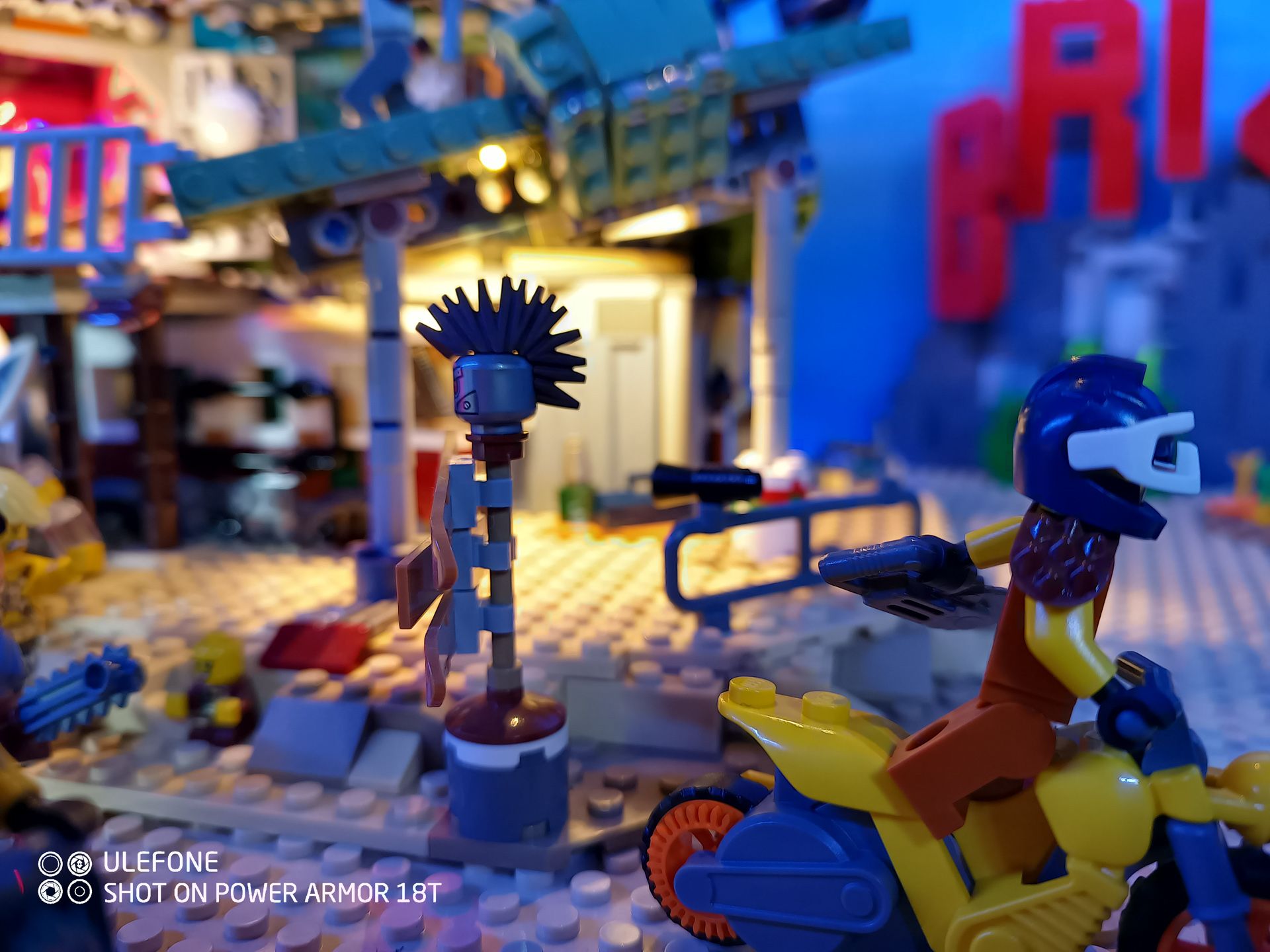

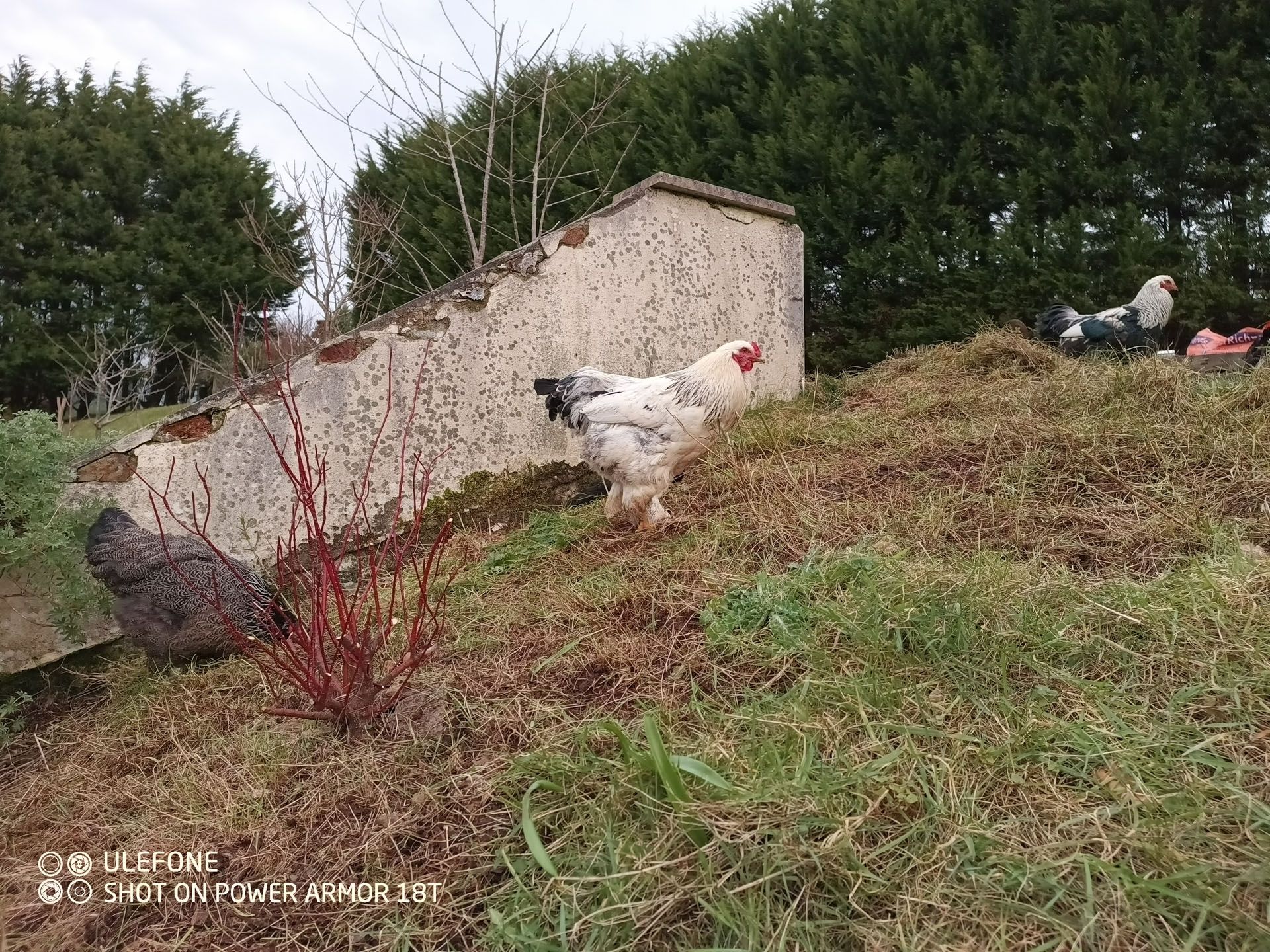
The main camera is reasonably good quality, but nothing outstanding. However, the headline 108MP megapixel count is, as ever, somewhat misleading. While the iPhone 13 Pro Max is a mere 12MP, the Power Armor 18T is not nine times better. It did seem to perform marginally better in low light (for both photography and video), but in full natural light, there is no comparison.
While the Power Armor 18T can record up to 4K 30FPS, it lacks any on-sensor image stabilization, resulting in slight jitters in the output video that would need post-processing to clean up for any professional use.
The 32MP selfie camera on the front of the phone is also passable, but again, nothing outstanding. The images felt somewhat dull and lifeless, but this is acceptable for a rugged phone. Videos from the selfie camera are restricted to 1080p@30FPS.
An optional but handy extra that I highly recommend is the Ulefone endoscope, which comes in two models: the E1 single-camera module, and the E02 dual-camera module. The E02 features a camera on both the front and sides, each with LEDs for illumination and a physical button to switch between each camera. This is on the end of a 2-meter bendable cable. The package also includes interchangeable ends such as a hook, magnet, or protective case, making this accessory a must-have for anyone who needs to inspect hard-to-reach places.
It's clear that Ulefone didn't prioritize the best camera performance for this device. That's not to say it's bad—it's just best described as utilitarian. Between the main camera, an endoscope, a microscope, and thermal imaging, the Power Armor 18T can handle any kind of surveying needed. It might not be best suited to your Instagram holiday snaps, though.
Software and UI
The Ulefone 18T runs mostly stock Android 12 with a clean and unbloated user interface. It doesn't come with pre-installed bloatware and offers full Google Play support for all your favorite apps. You can swipe left for your standard Google home feed, pull up for the app drawer, and customize your home screen.
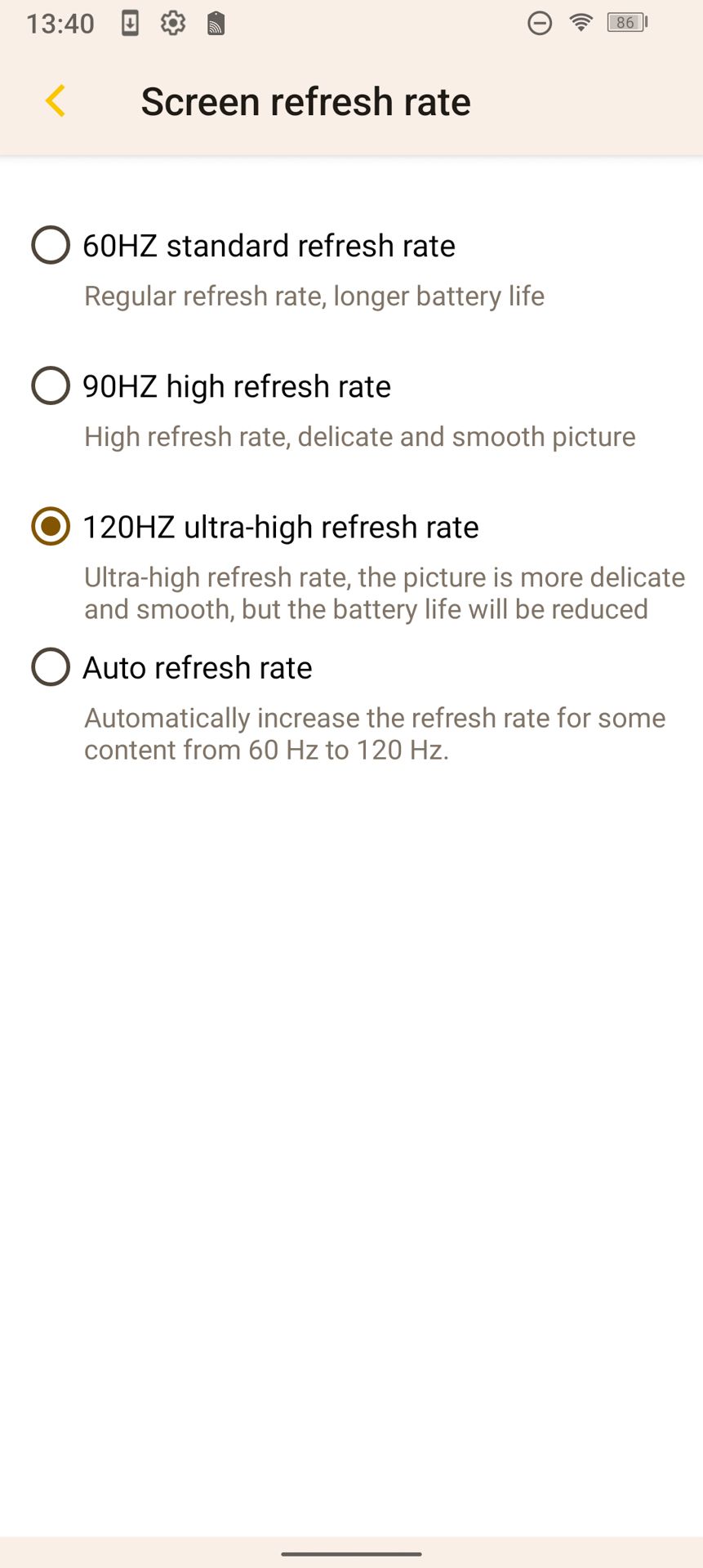
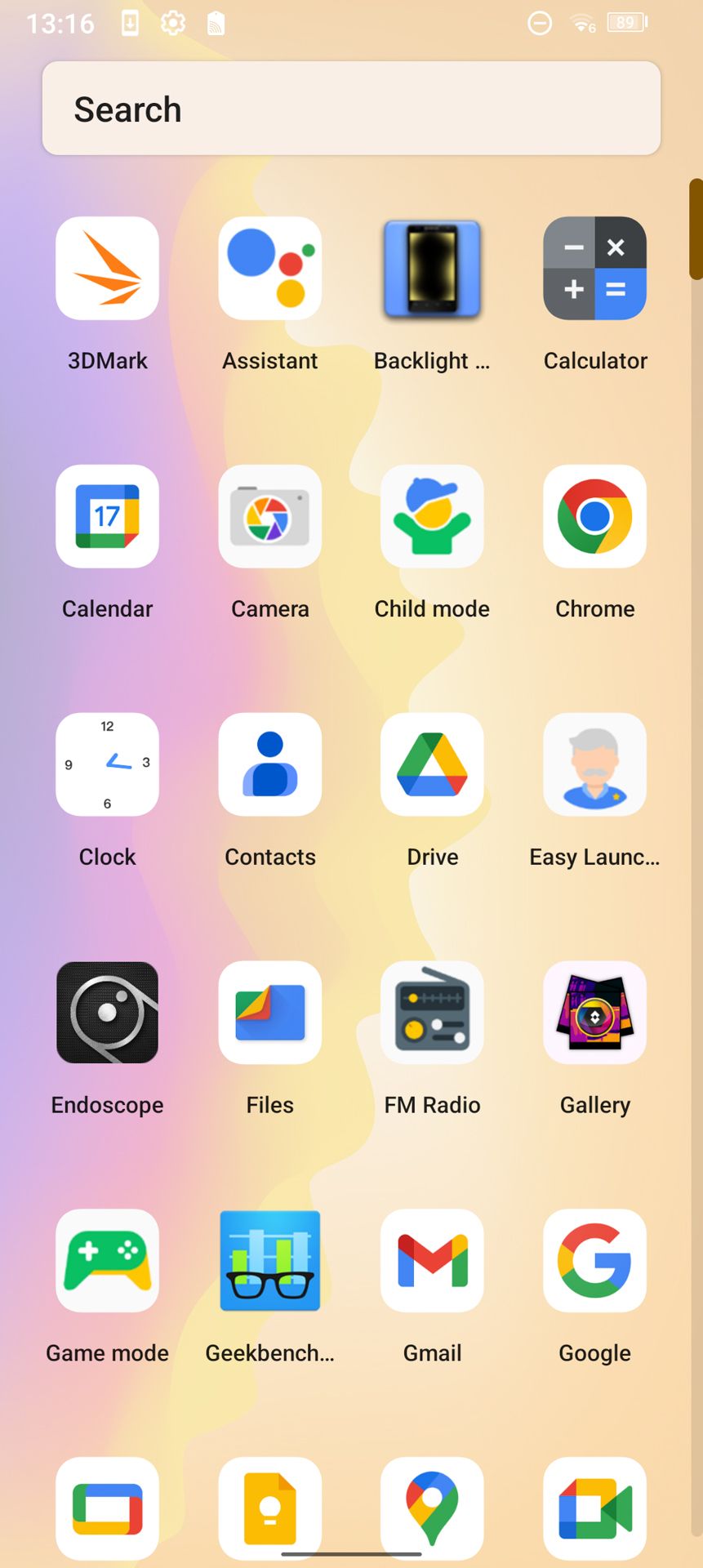
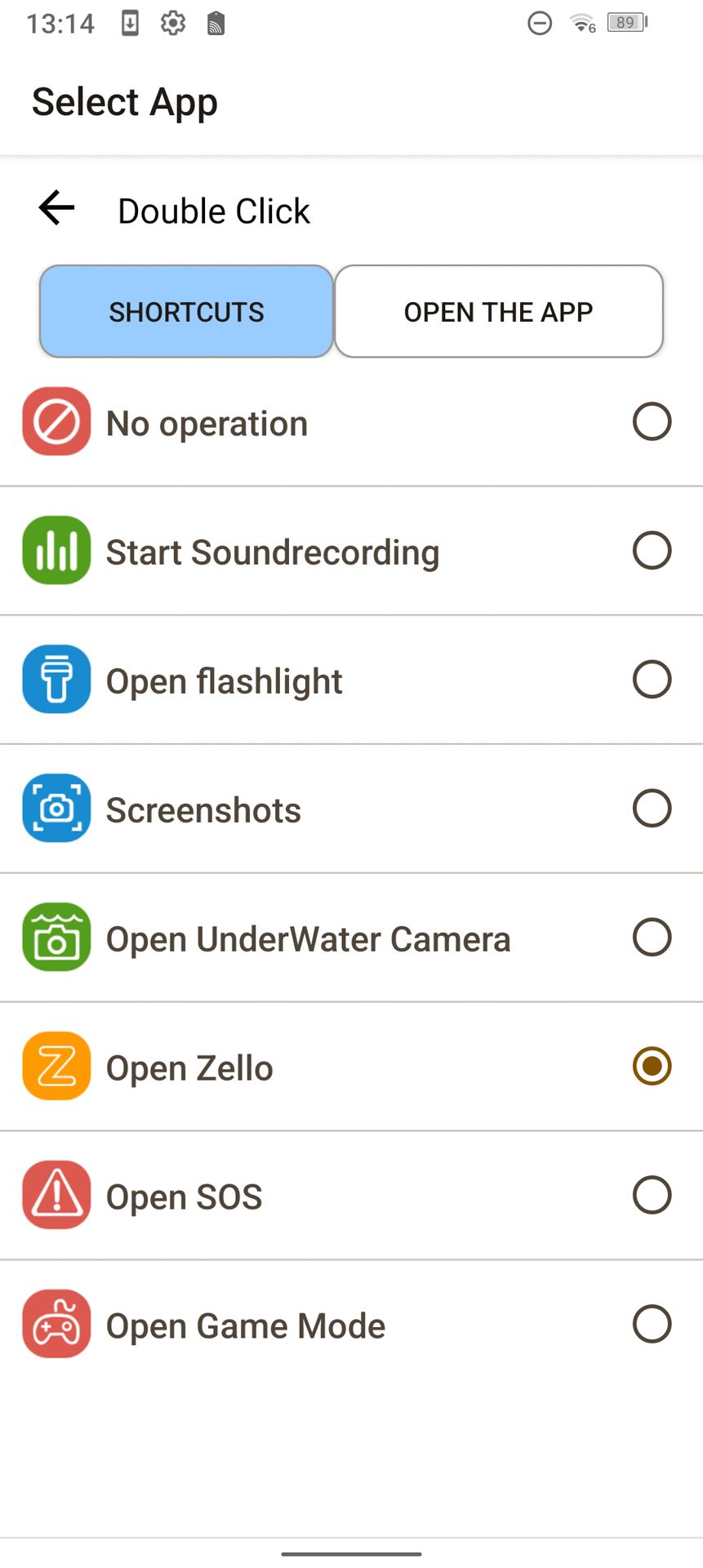
The UI is not entirely stock: you'll find the usual rugged toolbox selection of apps and the MyFLIR app for using the thermal imaging system, but it doesn't differ significantly from stock Android, and I found it comfortable to use.
Battery Life
The battery life is one of the standout features of the Ulefone 18T, with its enormous 9600mAh battery. That's around three to four times the size of your typical smartphone battery. Ulefone claims 39 hours of talk time and standby of up to 524 hours, and while I don't have three weeks spare to test the standby time, the battery life in daily use is certainly impressive.
It takes around 1 hour 20 minutes to fully charge the battery using the included 66W charger, which is reasonable considering the battery size. In real-world usage, you can expect the phone to last for about 30 hours when playing a video, or 15 hours during intensive gaming. For mixed daily usage of web browsing and light media viewing, the battery will easily last a few days.
Is The Ulefone Power Armor 18T Worth It for You?
At upwards of $700 once you start adding accessories, the Ulefone 18T is not a cheap smartphone by any means, and I can't convince you to buy it purely based on its performance. It's a mid-range performance phone at a premium price because of the extra features.
The ruggedization adds a slight premium for the added durability, but a not insignificant part of the price comes from the thermal imaging sensor. The microscopic camera is a little gimmicky, but it might be useful for diagnosing electric component issues. Furthermore, Ulefone is, as far as I know, the only rugged phone manufacturer with an endoscope attachment. In terms of imaging, this one device can do every type of imaging you might need in the line of work.
The Ulefone Power Armor 18T offers an incredibly compelling package: a durable device that is packed with useful features (even a headphone jack!) and boasts massive battery life. If you're looking for a phone that can handle challenging environments and offers thermal imaging capability, this is the phone for you.

